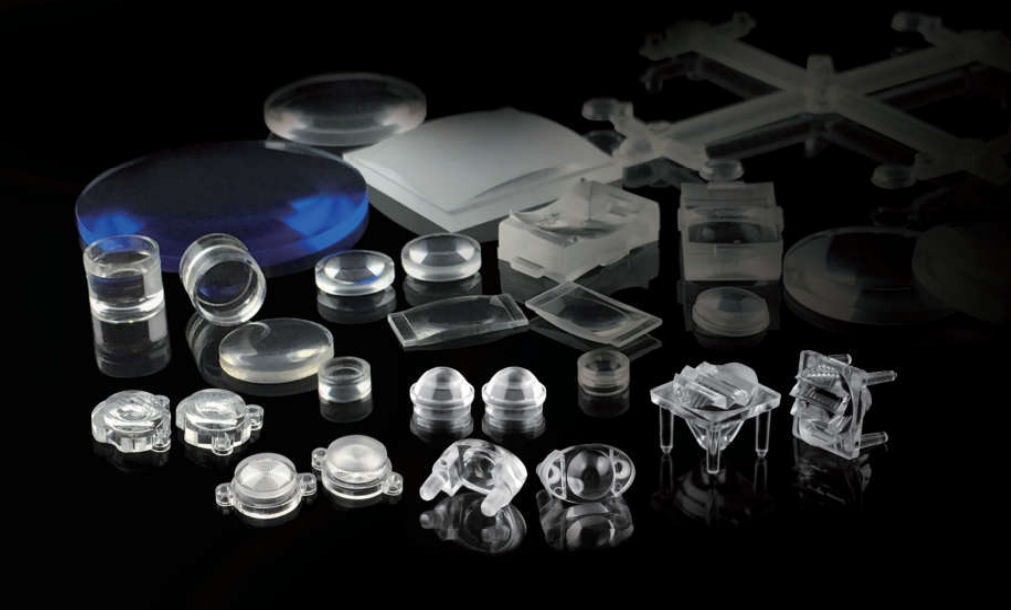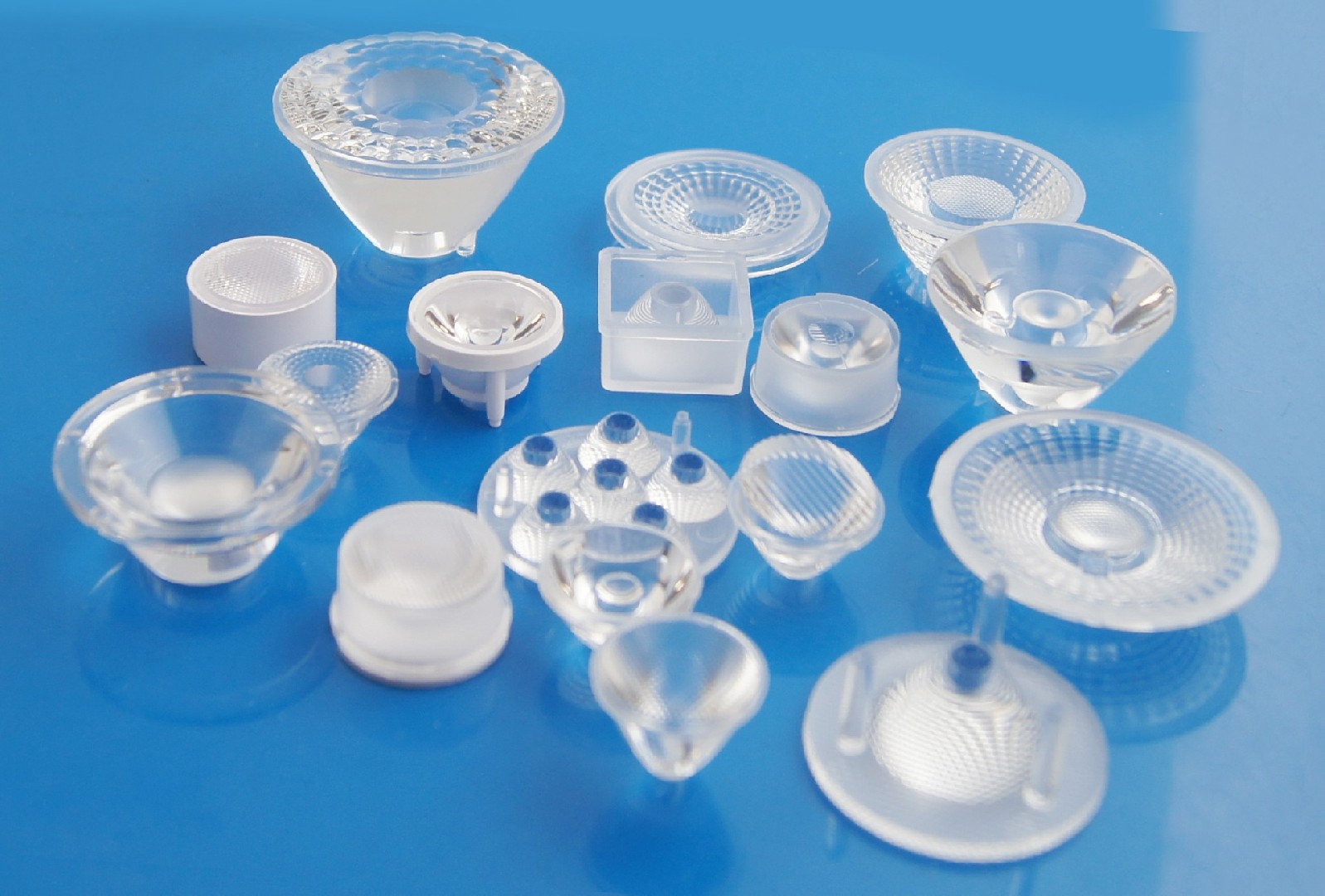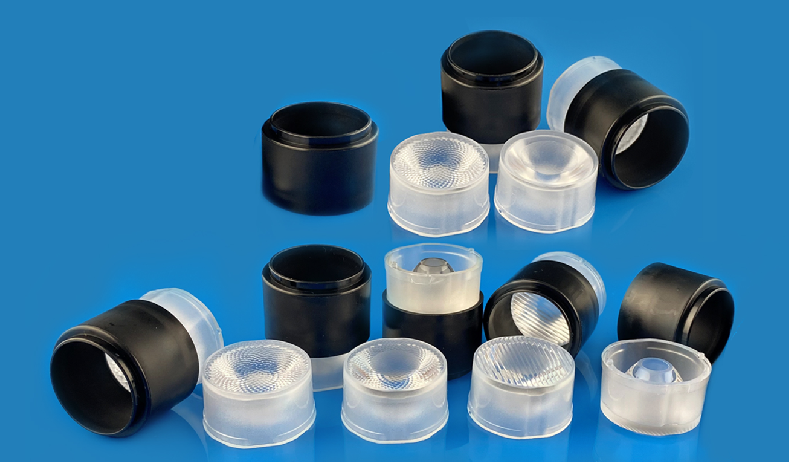
Or to ask it another way: How much do Chinese consumers think they know about lighting technology? Do they know how to buy lighting products with the right wattage for the colour temperature and lumens they need? Do they know that light has a biological impact? The results of the Lundvans International Consumer Study, which included a representative sample of more than 2,000 Chinese consumers, show that there is still a lack of understanding of many aspects of current and future lighting technology.
Little Knowledge of Basic Lighting Units of Measure
Most consumers think they know a lot, but this is not the case. 65 per cent of Chinese consumers responding to the questionnaire said that they were fully aware of the advantages and disadvantages of different lighting technologies, or at least that they were well informed, ranging from (smart) LED lighting products to traditional incandescent lamps.
When asked about units of measurement, such as those that have long been printed on the boxes of light sources and luminaires, awareness is immediately apparent: 78 per cent of Chinese consumers are able to correctly associate wattage with electricity consumption. The important units of measurement used to describe LED products, such as "colour temperature" and "lumens", were correctly perceived by just over half (58% and 61% respectively) of the respondents.
According to the words of Mr. Lin Xincheng, General Manager of Lundvans Greater China, the reason for this question is that "colour temperature provides information about the colour of light, such as daylight (greater than 5,300K), white light (3,300K to 5,300K) and warm white light (less than 2,700K). Luminous flux in lumens tells how much light is emitted by the luminaire. Therefore, for high-efficiency LED lighting products, the key value reflecting brightness is not the number of watts, but the number of lumens".
It is worth noting that German respondents were less likely to correctly identify these units of measurement than respondents from all other countries. Only 33 per cent of all German respondents were able to make a correct choice between all units of measurement. The proportion of respondents in the UK, France, Sweden, the USA, Canada, Brazil and China who were able to correctly identify these units of measurement varied between 40 and 50 per cent. At 55 per cent, Italian respondents had the highest rate of correctness of all respondents.
Surprising aspects of the shopping list
If one were to find out which lighting technologies consumers are looking for in their local DIY shop or on the internet, one would find nothing unusual in the fact that their shopping lists contain the most LED technology (with or without intelligent features). Surprisingly, many people's shopping lists also include older technologies that have become obsolete, e.g. 27 per cent of Germans still have 'traditional light bulbs' on their shopping lists, seemingly completely unaware that, in addition to obsolete stock and special-purpose light products, the EU ban has been in force since September 2009 and shops no longer sell these products. With the exception of obsolete stock and speciality light sources, the EU ban has been in force since September 2009 and shops no longer sell any traditional light sources. Another surprising aspect is that the demand for halogen lamps is still very strong. These products have been banned from the market in phases since 2009, and this ban may be accelerated even further.
Human Factors Lighting: The need for more relevant information is urgent
Human factors lighting, i.e. "providing the right amount of light according to the user's needs", is one of the main trends in the lighting industry today, and a large number of advertising campaigns are centred on this trend. Scientific experiments have proven that artificial light, which highly mimics the variations in natural light, can greatly help the human body to establish and maintain a stable circadian rhythm, improve people's sense of well-being, and help people to improve their health.
What do Chinese consumers know about lighting technology? Or to put it another way: how much do Chinese consumers think they know about lighting technology? Do they know how to buy lighting products with the right wattage for the colour temperature and lumens they need? Do they know that light has biological effects? The results of the Lundvans International Consumer Study, which included a representative sample of more than 2,000 Chinese consumers, show that there is still a lack of understanding of many aspects of current and future lighting technology.
Little Knowledge of Basic Lighting Units of Measure
Most consumers think they know a lot, but this is not the case. 65 per cent of Chinese consumers who responded to the questionnaire said that they were fully aware of the advantages and disadvantages of the different lighting technologies, or at least that they were well informed, ranging from (smart) LED lighting products to traditional incandescent lamps.
Last Article:Intelligent lighting 2.0 era coming LED enterprises how to layout?
Next Article:Intelligent lighting driver power supply first


